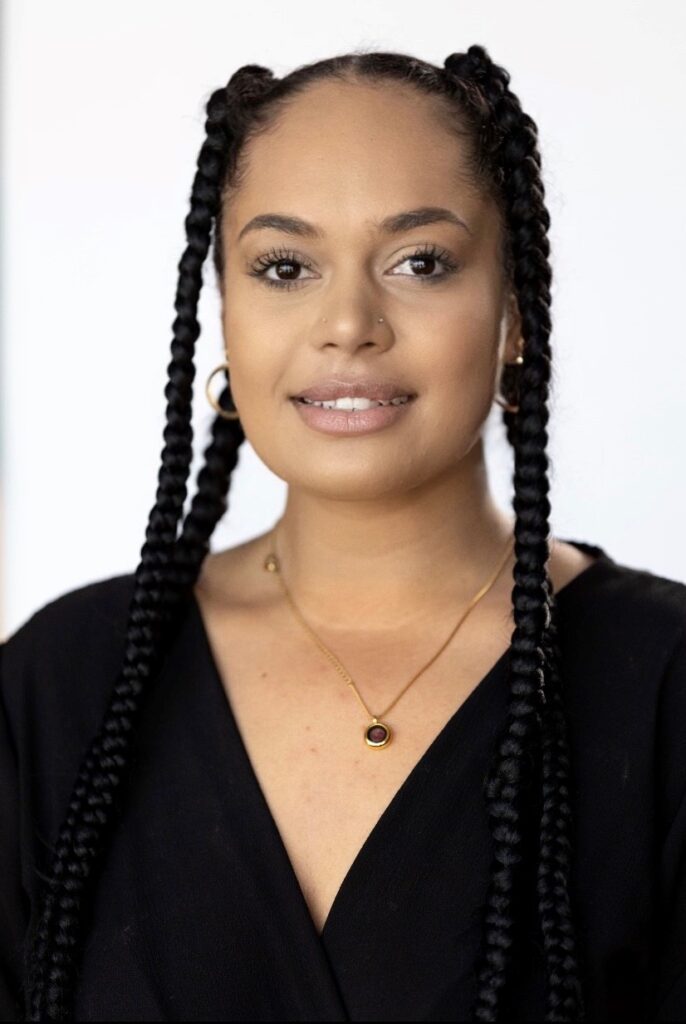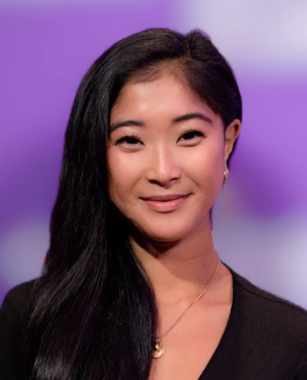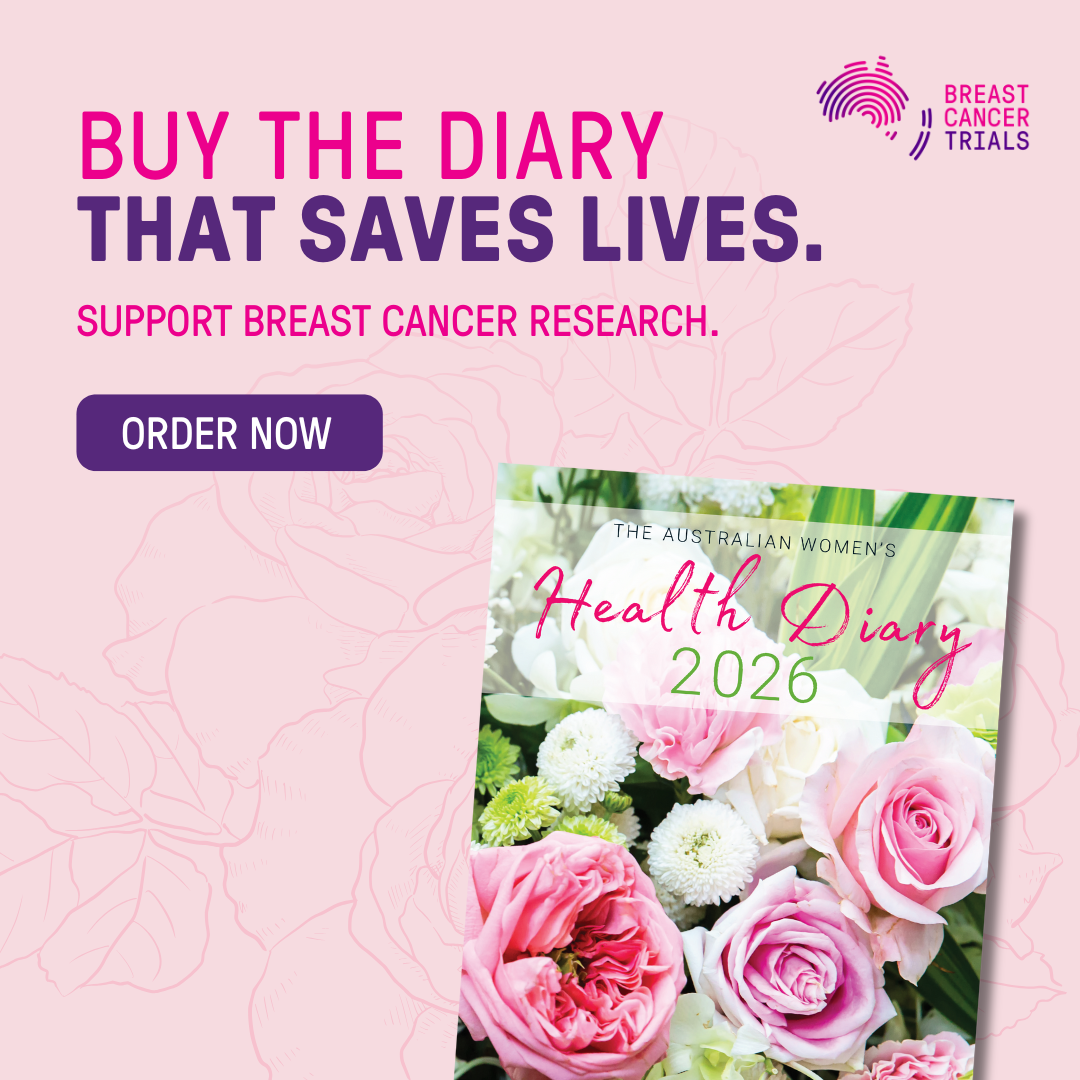Equal Pay Day is here, with August 19 marking the 50 days into the new financial year that Australian women must work to earn the same, on average, as men did last year.
The number comes from data by the Australian Bureau of Statistics (ABS), whose data from February 2024 shows the average weekly earnings for men working full-time was $1,982.80, while women earned $1,744.80 per week on average. That’s a difference equivalent to 50 additional work days for women.
While paying all people the same for equal work has been law in Australia since 1969, a gender pay gap occurs when more women are working in lower paid roles and more men are working in higher paid roles.
“Australia’s gender pay gap is a limit on women’s lifetime earnings and it just doesn’t add up or align with the Australian values of equality and a ‘fair go’ for all”, said Mary Wooldgridge, the CEO of the Workplace Gender Equality Agency (WGEA).
“An employer that claims they’ve addressed their gender pay gap because they pay women and men the same for doing the same work are doing the bare minimum. Eliminating unequal pay is just one piece of the puzzle.”
WGEA’s results show that two in three employers (62 per cent) have a gender pay gap of more than 5 per cent and in favour of men. The agency says all employers should be aiming for a gender pay gap within +/- 5 per cent.
A range of different factors contribute to these gender pay gaps, including barriers of bias, discrimination and entrenched gender stereotypes which can devalue women and their work.
In February this year, the WGEA published gender pay gap data for all employers with 100 or more employees, as part of new requirements from federal legislation. In early 2025, gender pay gaps for Commonwealth public sector employees with 100 or more employees will also be published, as will the next results for private sector employers.
With the gender pay gap sitting at 11.5 per cent, according to ABS data, Minister for Women Katy Gallagher’s statement today notes this “historic low”, but adds that “there is still much more to do” as “the gap is not zero yet”.
“We know that at the moment, the gender pay gap is a problem costing our country $51.8 billion each year,” says Gallagher.
“If women’s workforce participation matched men’s, we could boost our GDP to $353 billion by 2050.”
“But the Government can’t solve this problem on its own,” she adds. “Employers need to look at their hiring, promotion, workplace flexibility and pay practices. Men need to step up and take on a fairer share of unpaid care work and be supported to do this by their workplaces. And as a society, we need to challenge the persistent attitudes and stereotypes that undervalue women’s work and contributions.”
Intersectional pay gap reporting
When it comes to closing the gender pay gap, intersectionality is a piece of the puzzle that can’t be ignored.
As part of the awareness surrounding Equal Pay Day, a new campaign– Out of Sigh, Out of Pocket– has launched to confront the critical gap of intersectionality within Australia’s gender equity efforts.
Led by Ladies Talk Money and supported by a strong coalition of organisations and advocates, the campaign calls on individuals, businesses, and government to take urgent action in addressing the compounded pay disparities faced by women and gender-diverse people with intersecting marginalised identities.
“An intersectional lens reveals systemic barriers unique to different identities, allowing for targeted, nuanced strategies that address root causes of economic disparities among women,” says proud Jarowair, Wakka Wakka & Wulli Wulli woman and economic justice advocate, Larisha Jerome.

The campaign’s open letter addresses key leaders, including Prime Minister Anthony Albanese, Minister for Women Katy Gallagher, WGEA CEO Mary Wooldridge, and Australian Statistician David Gruen. It urges the government to implement intersectional data collection and reporting under the Workplace Gender Equality Act 2012, incorporating factors such as age, ethnicity, disability, First Nations status, and sexual orientation.
“We know people’s experiences of gender-based discrimination are compounded by their intersecting identities such as race, socio-economic status, sexuality, neurodiversity and disability. A lack of intersectional data and analysis means we can only really understand the tip of this iceberg,” said Min-Shi Michelle Lim, Organisational Culture Specialist and DE&I Advocate.

The campaign calls for coordinated action across three levels: individual action, business action and systemic action.
This includes raising public awareness of the limitations of current gender pay gap reporting and advocating for intersectional data as well as encouraging businesses to adopt and support intersectional pay gap reporting. At the systemic level, the campaign calls for regulatory changes to mandate intersectional pay gap reporting, ensuring data privacy and respecting cultural safety and First Nations’ data sovereignty.
As the country approaches a Federal election, the campaign says it seeks to hold leaders accountable and demand systemic change.



